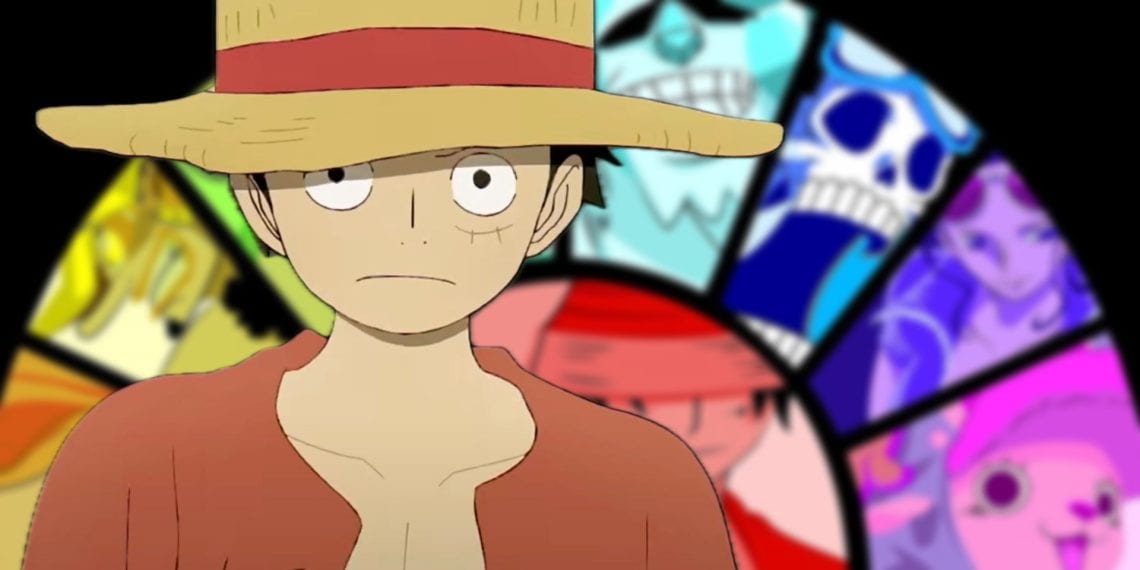Last month, there was extensive discussion in anime circles about the intense working conditions at MAPPA Animation Studio. Several animators voiced concerns and frustration over excessive workloads and tight production schedules at MAPPA, which has a reputation for taking on too many high-profile projects.
This heavy workload seems to be taking a toll on MAPPA staff and quality control. Recent episodes of Jujutsu Kaisen have faced criticism over perceived drops in animation quality and completion.
Rumors are swirling of MAPPA animators forced to sign NDAs and being pushed to physical exhaustion to deliver episodes on insane timelines. It’s clearly an industry-wide issue about proper working conditions.
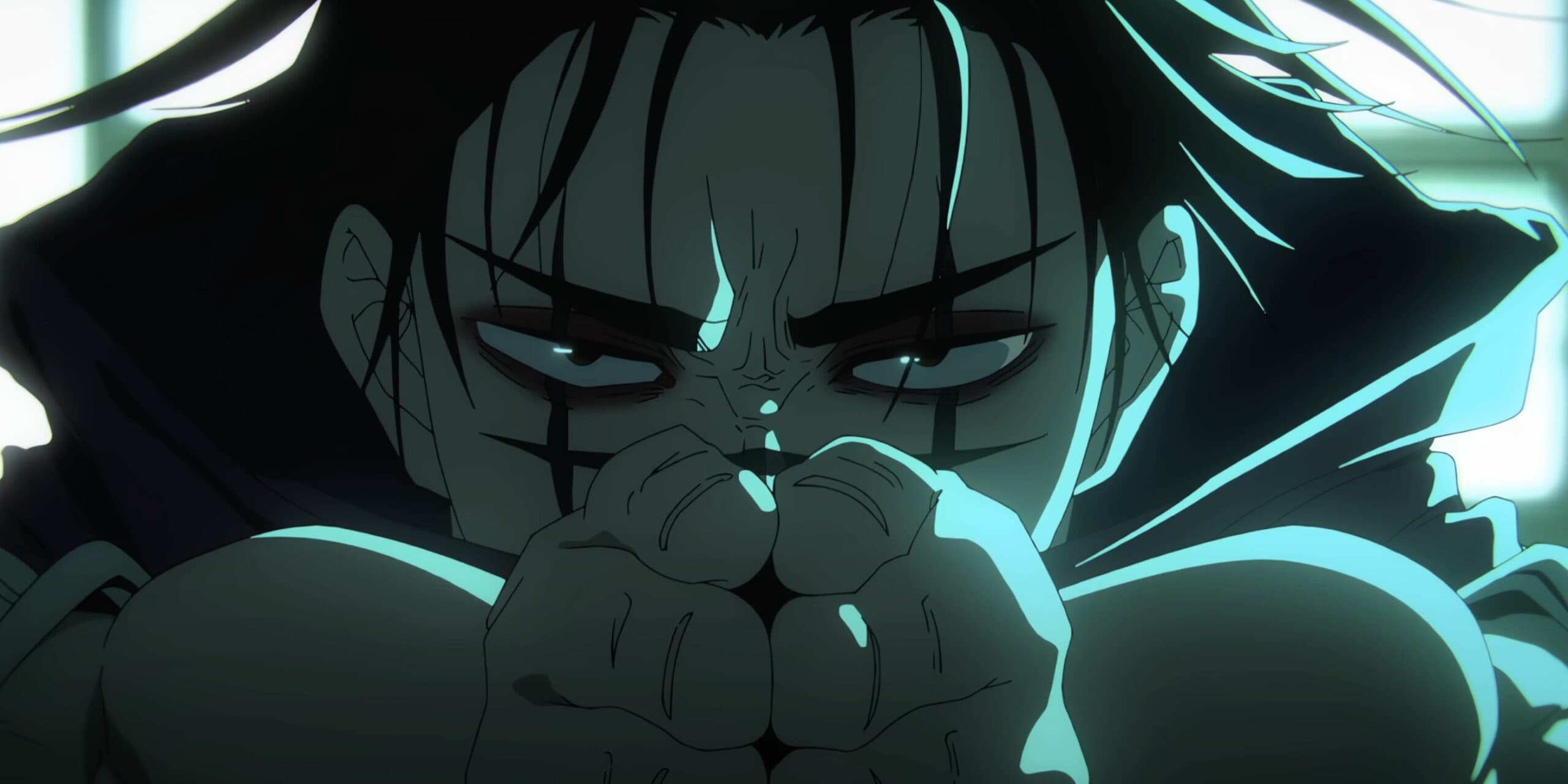
However, one animator working on the hit series One Piece recently stated that the working environment is markedly better at Toei Animation, the studio producing the long-running pirate anime.
According to this artist, they will soon relocate to Japan for one year to work in-house on One Piece at Toei. Unlike MAPPA, Toei apparently offers superior working conditions and production schedules for its animators and creatives working on flagship series like One Piece.
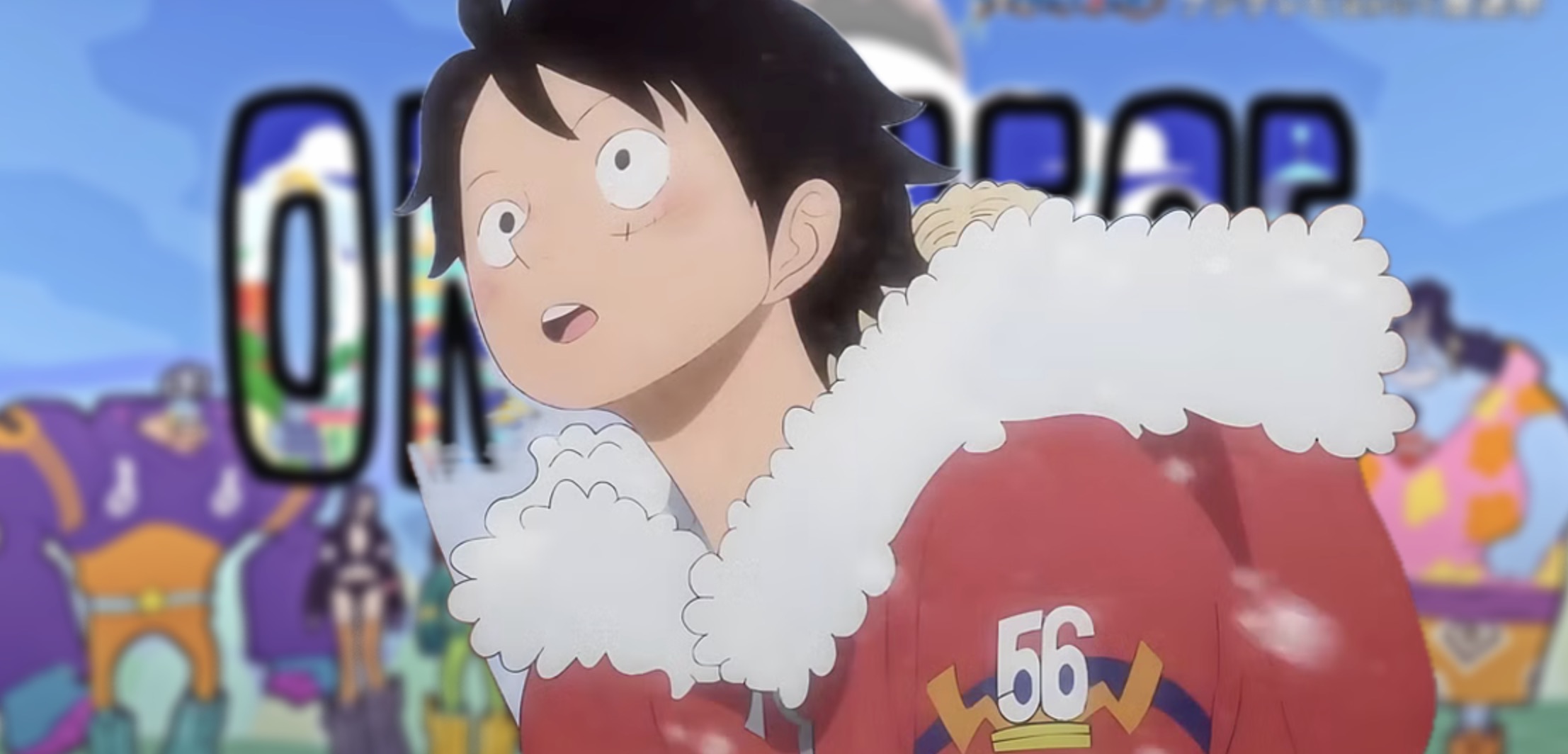
So, while the anime industry norm still involves overwork and production crunches, key studios like Toei are trying to buck that trend through better management.
By giving talent like the One Piece team more space and liberties to do their best work sustainably, the quality and success of the final product benefits as well. Other studios would be wise to follow their example.
Animators Praise Creative Nourishment and Supportive Environment on One Piece
During a recent industry podcast interview, animators Vincent and Dorian weighed in on claims that Toei Animation offers superior working environments, especially for their hit series One Piece.
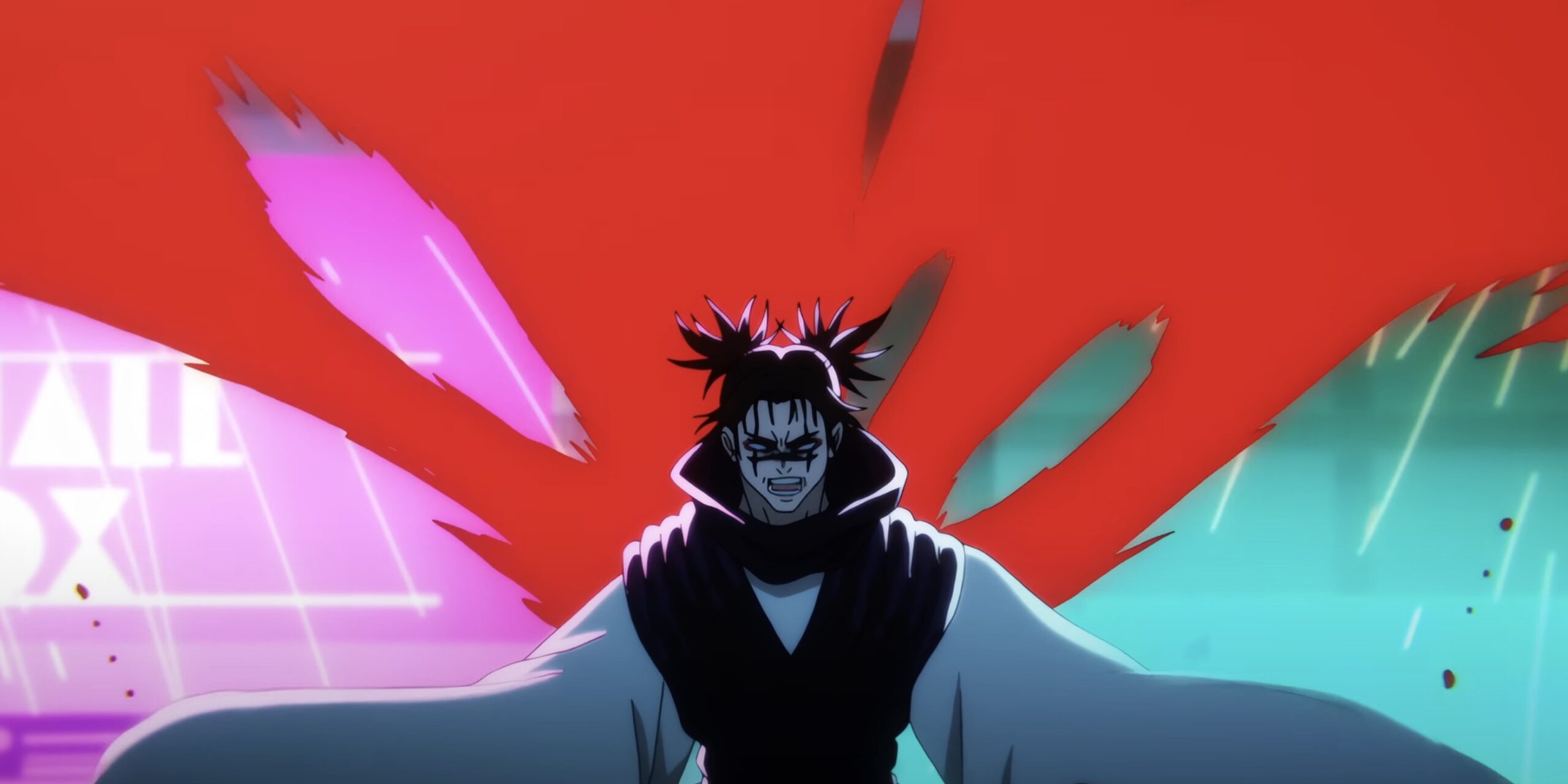
Both freelancers confirmed that Toei’s production approach to their flagship anime makes for a creatively nourishing experience.
When asked directly if Toei’s reputed good working conditions are valid, Vincent enthusiastically responded, “Yes.” He even revealed plans to relocate to Japan for one year soon to work in-house on One Piece at Toei.
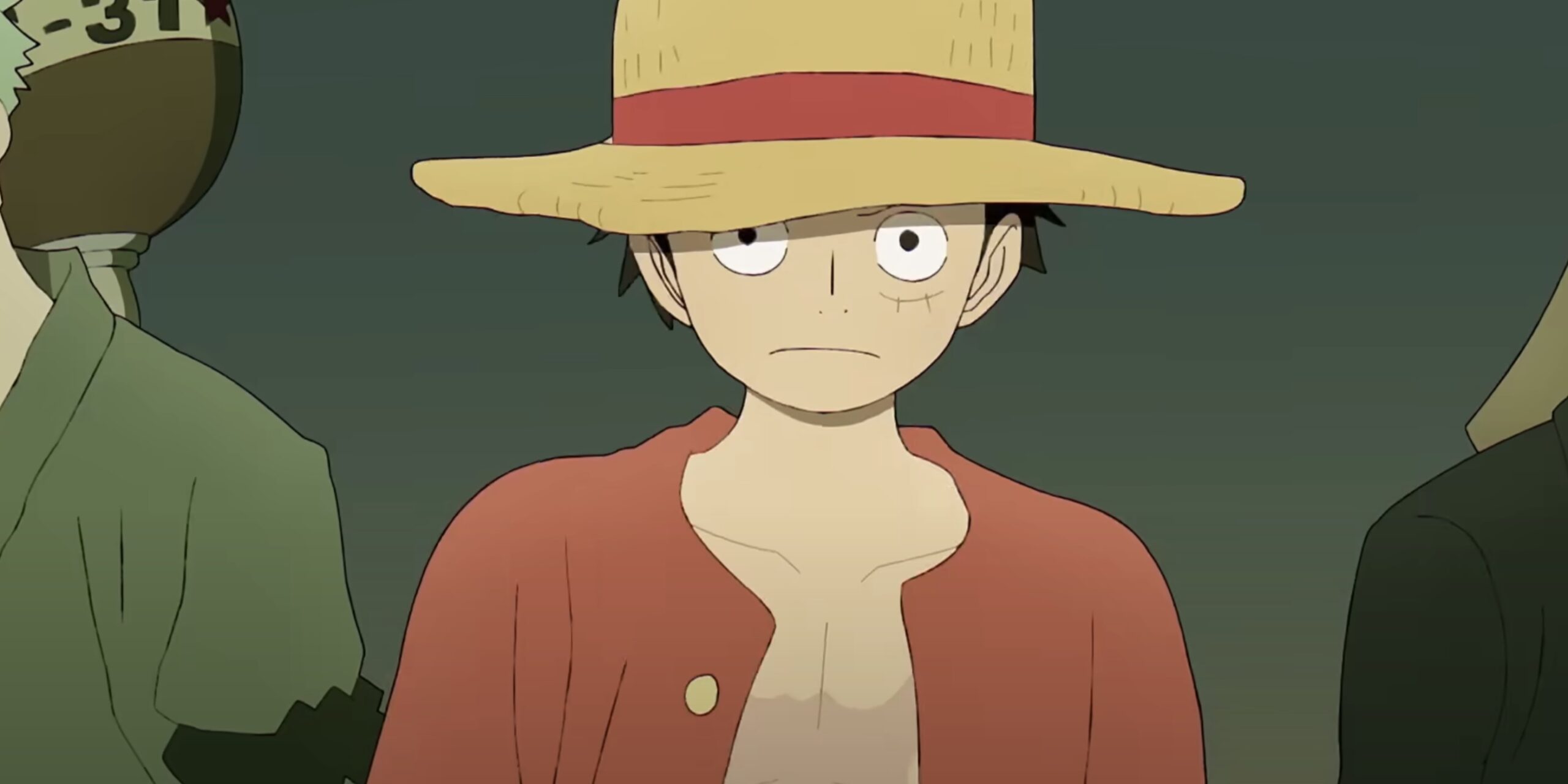
Vincent stated that while not all shows under the studio have the same standards, the One Piece team has a uniquely excellent and supportive workplace.
His peer Dorian reinforced this perspective as a freelancer dealing with production crunches on other weekly anime series.
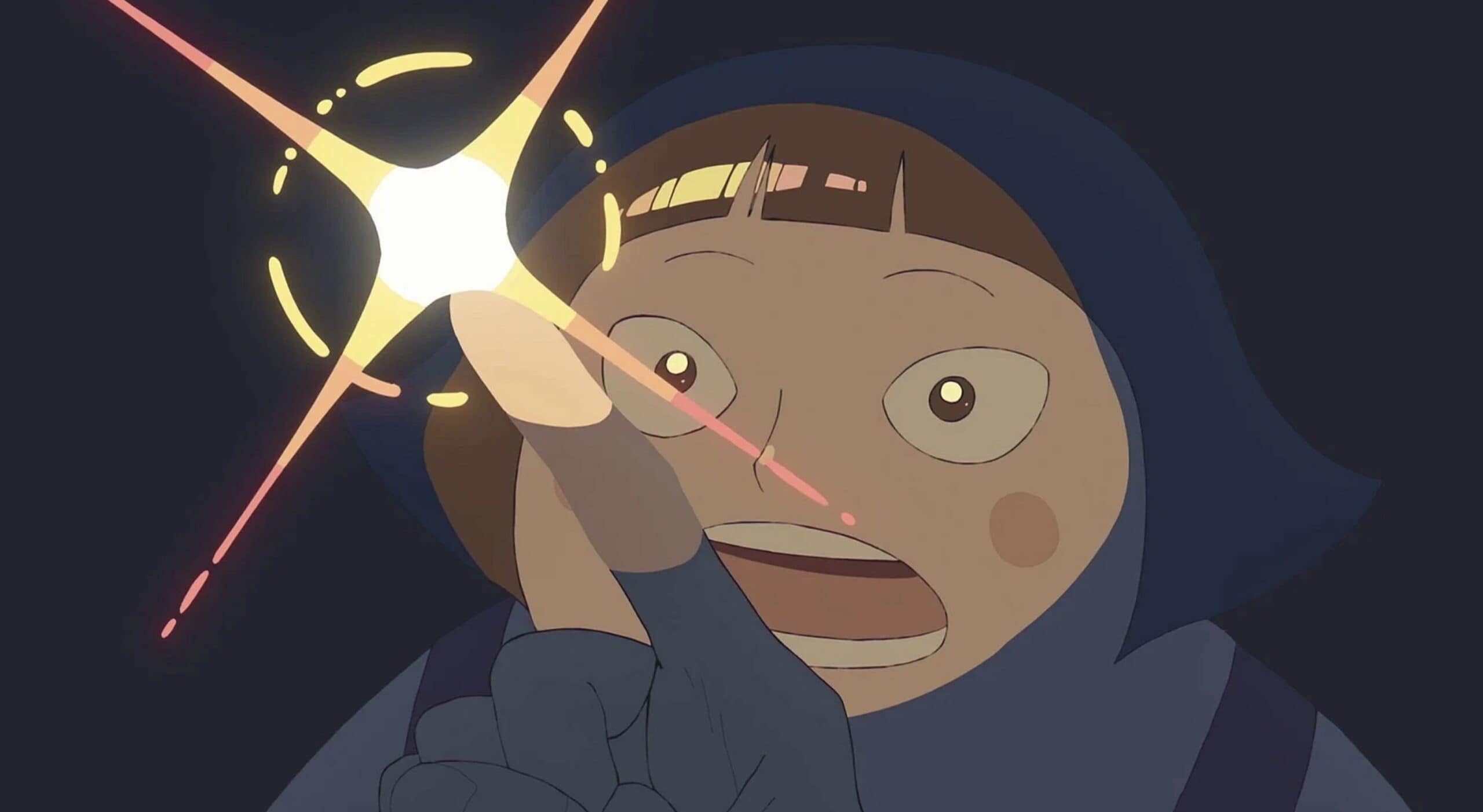
Dorian explained that his layout deadlines on One Piece were nearly a month, a luxury compared to the mere 3-4 days typically allowed by most studios.
He agreed that contributing to One Piece was an “incredible” creative experience enabled by Toei’s scheduling, workload, and collaborative infrastructure.

So, from animators who have worked within the pressured anime industry, Toei Animation earns acclaim for fostering a productive environment on a mega-hit like One Piece.
This approach not only keeps talented artists engaged and sustainable but also translates to maintaining impressive quality standards for an anime entering its third decade.
Toei Animation VS MAPPA
In a now-deleted tweet, animator @JMulli02, who has worked on various anime productions like Zombie Land Saga and Magical Girl Site, appears to have ignited controversy after leaking allegations about an unnamed animation studio.
Based on specific wording cues, many deduced MAPPA Studios as the culprit the studio cited.
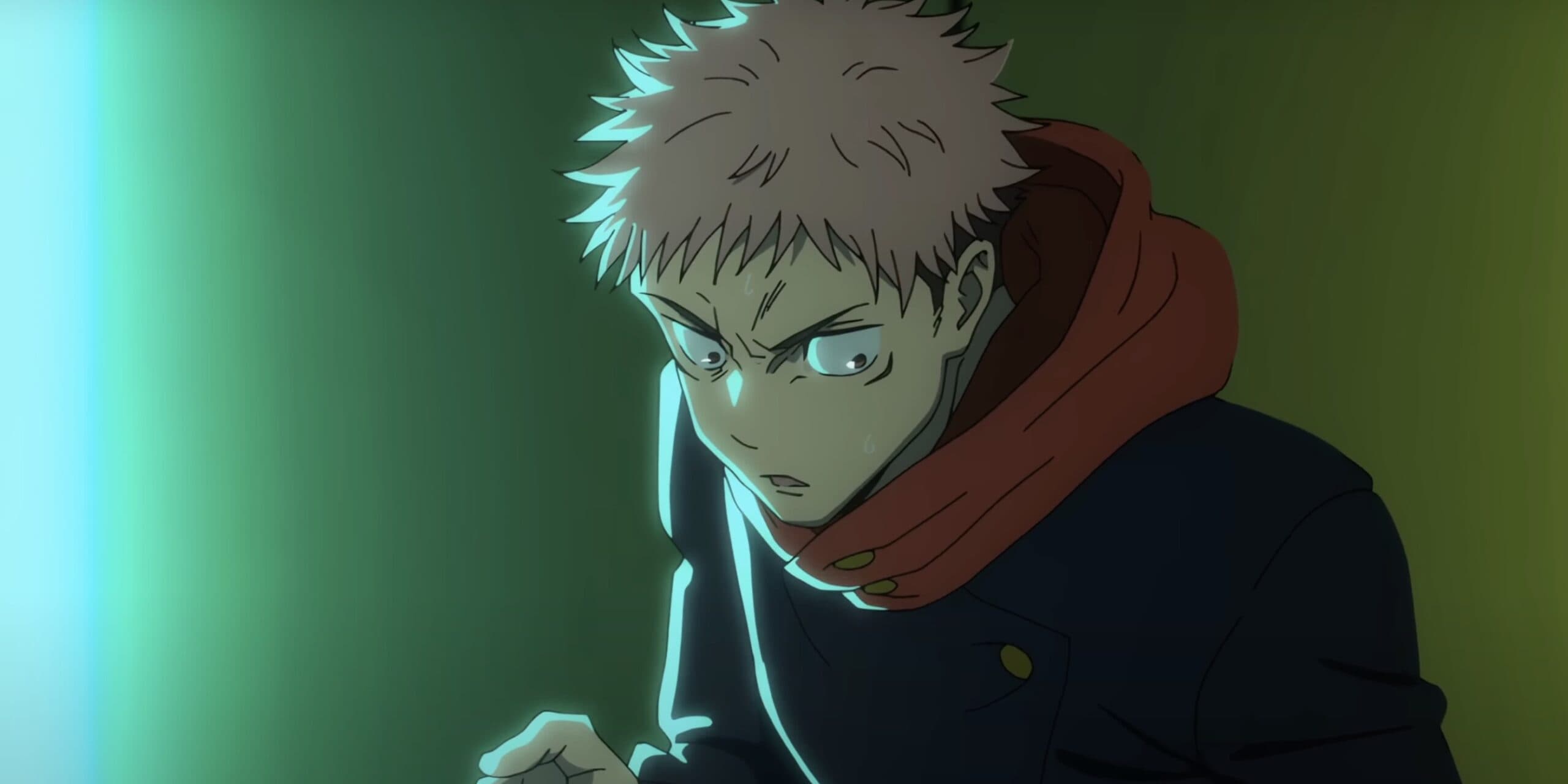
Additional animators soon came forward, corroborating similar recent experiences of intense production crunches and unrealistic demands at MAPPA.
A peer named Honehone added that MAPPA executives seem to only prioritize the final product quality, not the creative toll to achieve it.
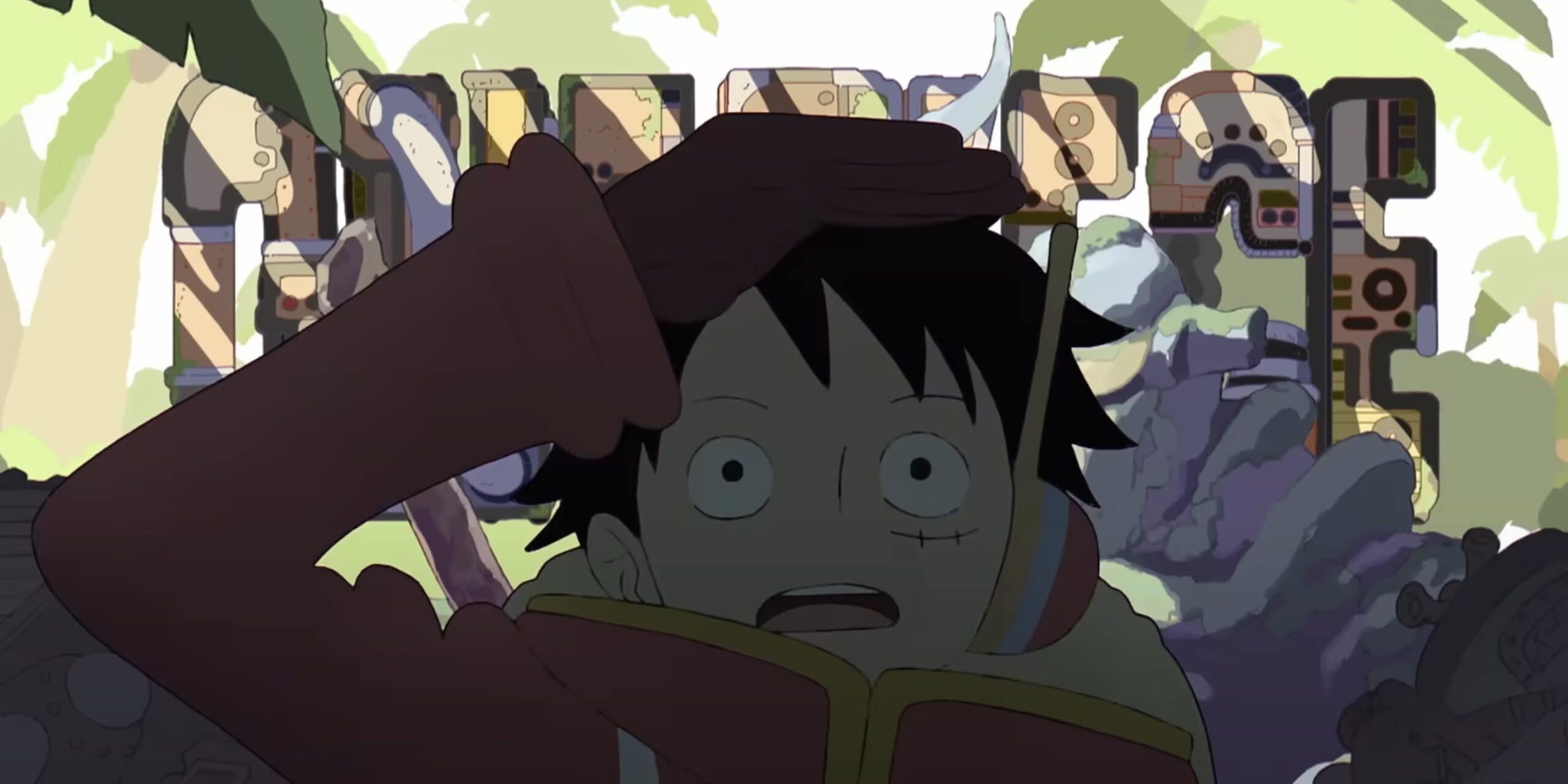
Honehone described animators barely meeting absurd deadlines, only for MAPPA higher-ups to push for reworks without any schedule relief.
In response to the allegations, MAPPA’s CEO fanned the flames further. He expressed wanting to ramp up productivity even more to compete with other elite anime studios like Kyoto Animation and Ufotable.
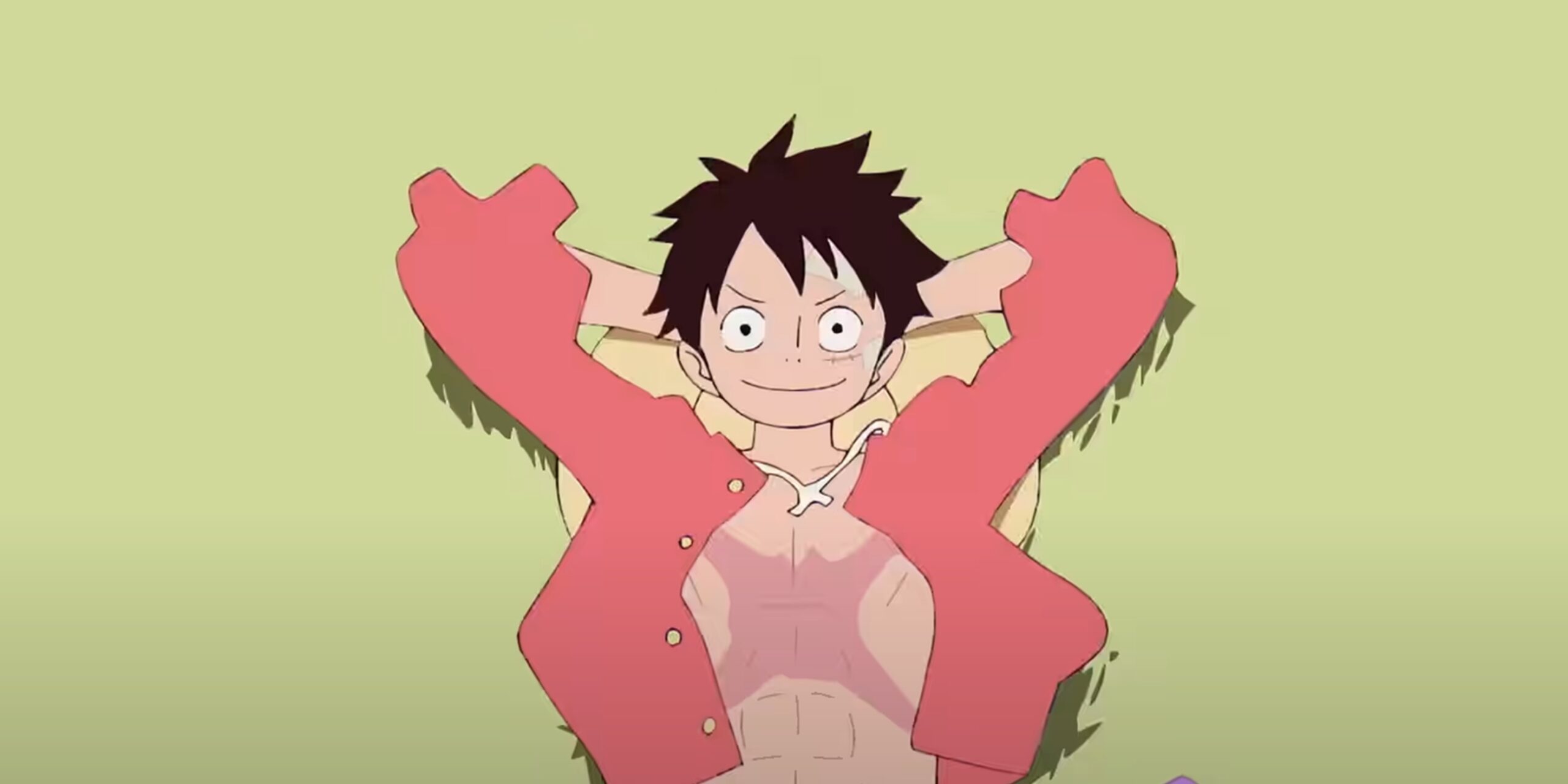
However, critics highlighted how those comparison studios instead invest in training programs and salaried positions to foster sustainable quality from animators.
Meanwhile, MAPPA appears to overwork its staff to maximize output quantity at the expense of their health, morale, and retention.
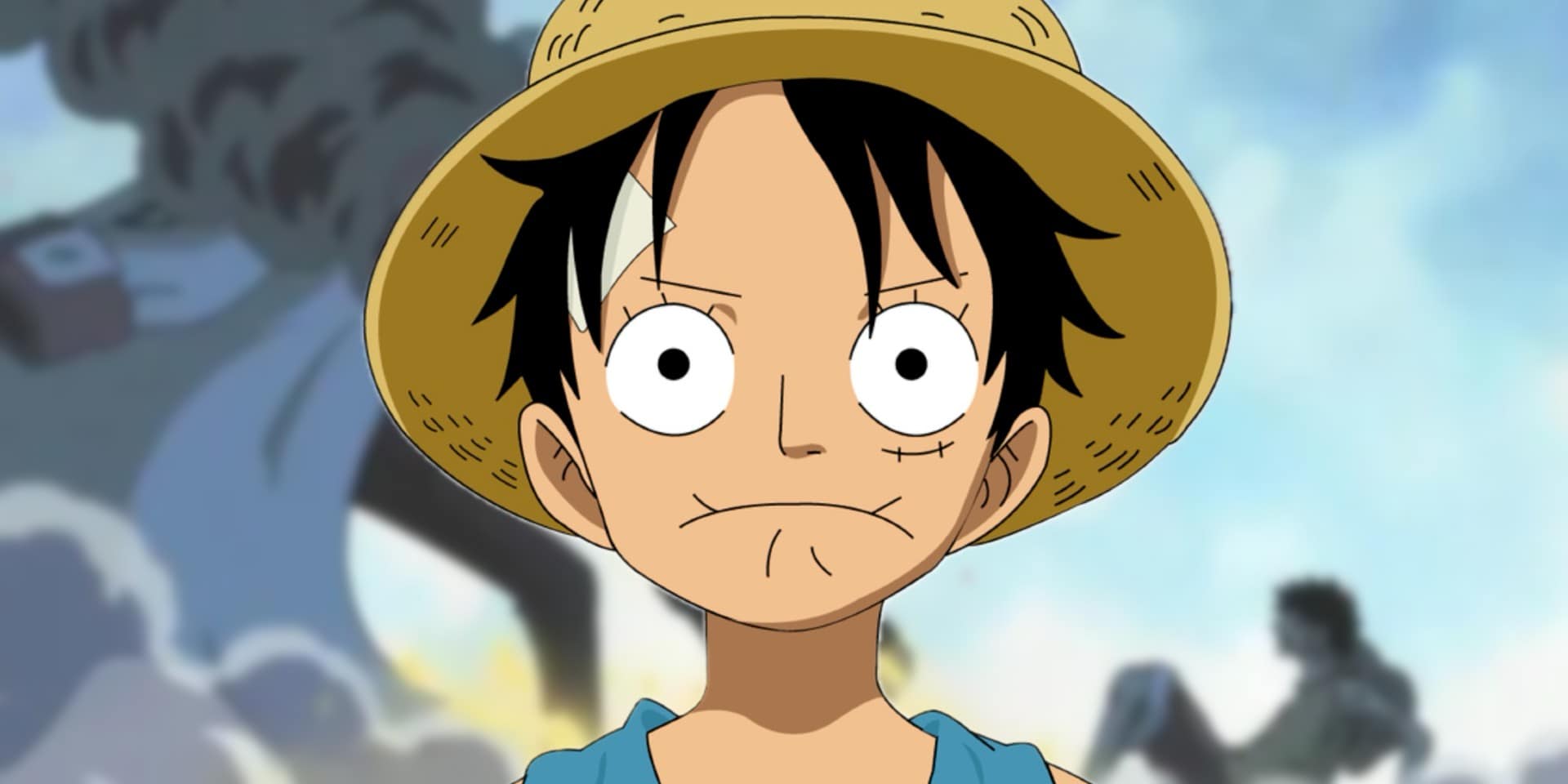
By chasing shortcuts to mount more ambitious productions rather than focusing on ethical working conditions, MAPPA finds itself accused of severely strained production pipelines.
Their CEO’s statements seem to confirm an institutional acceptance of unrealistic demands that animate the shocking allegations of overworked, undersupported creatives under constant crunch time.


